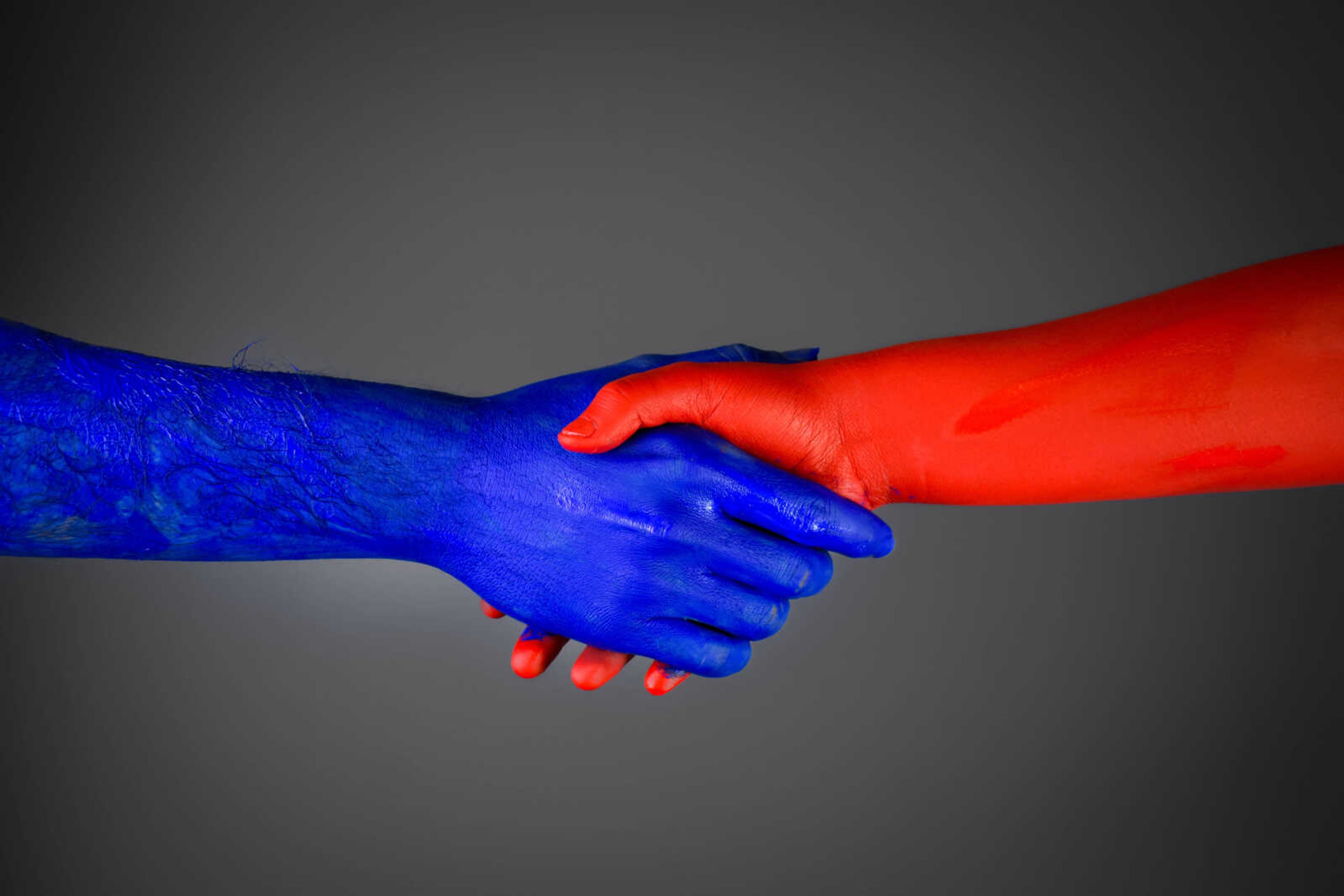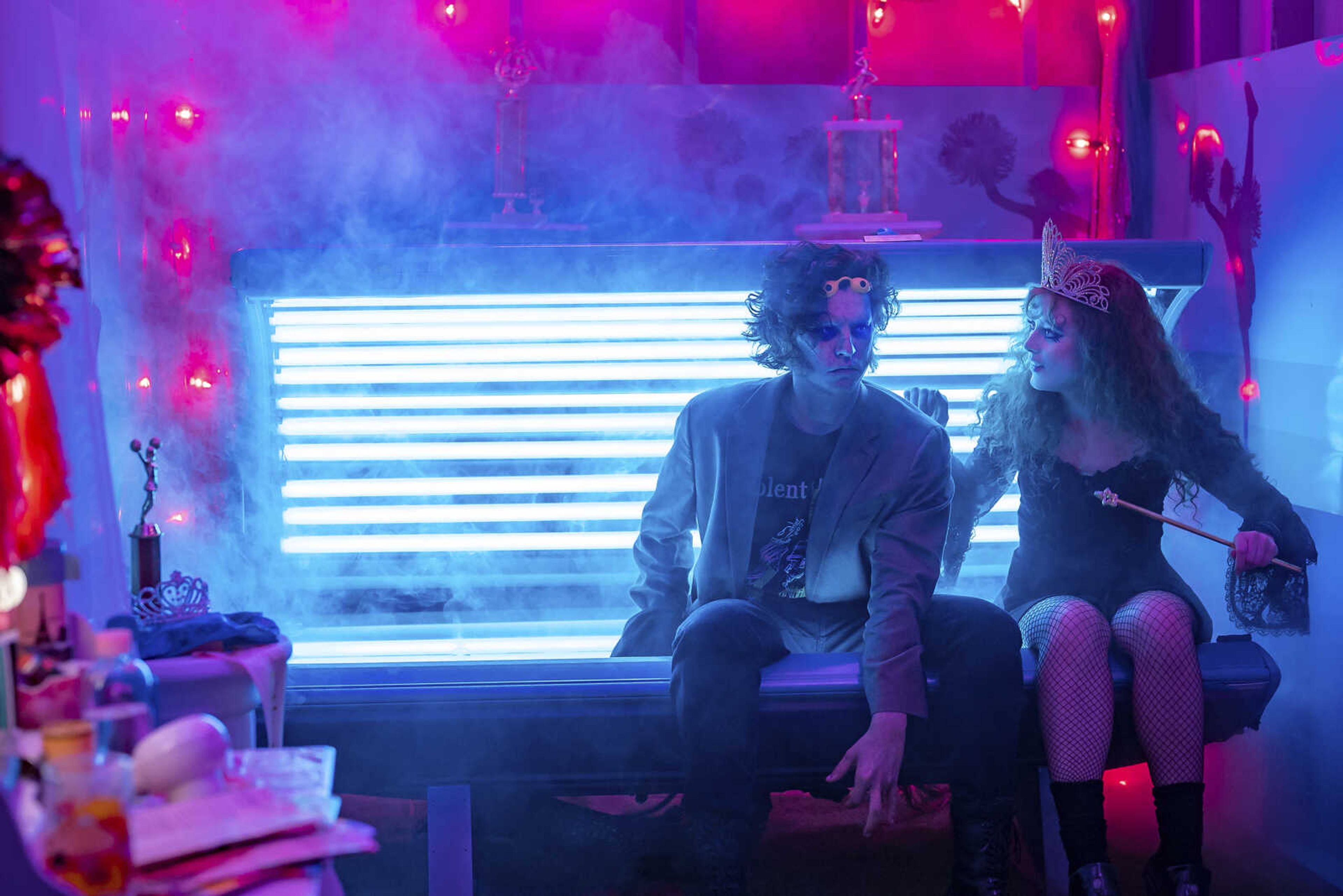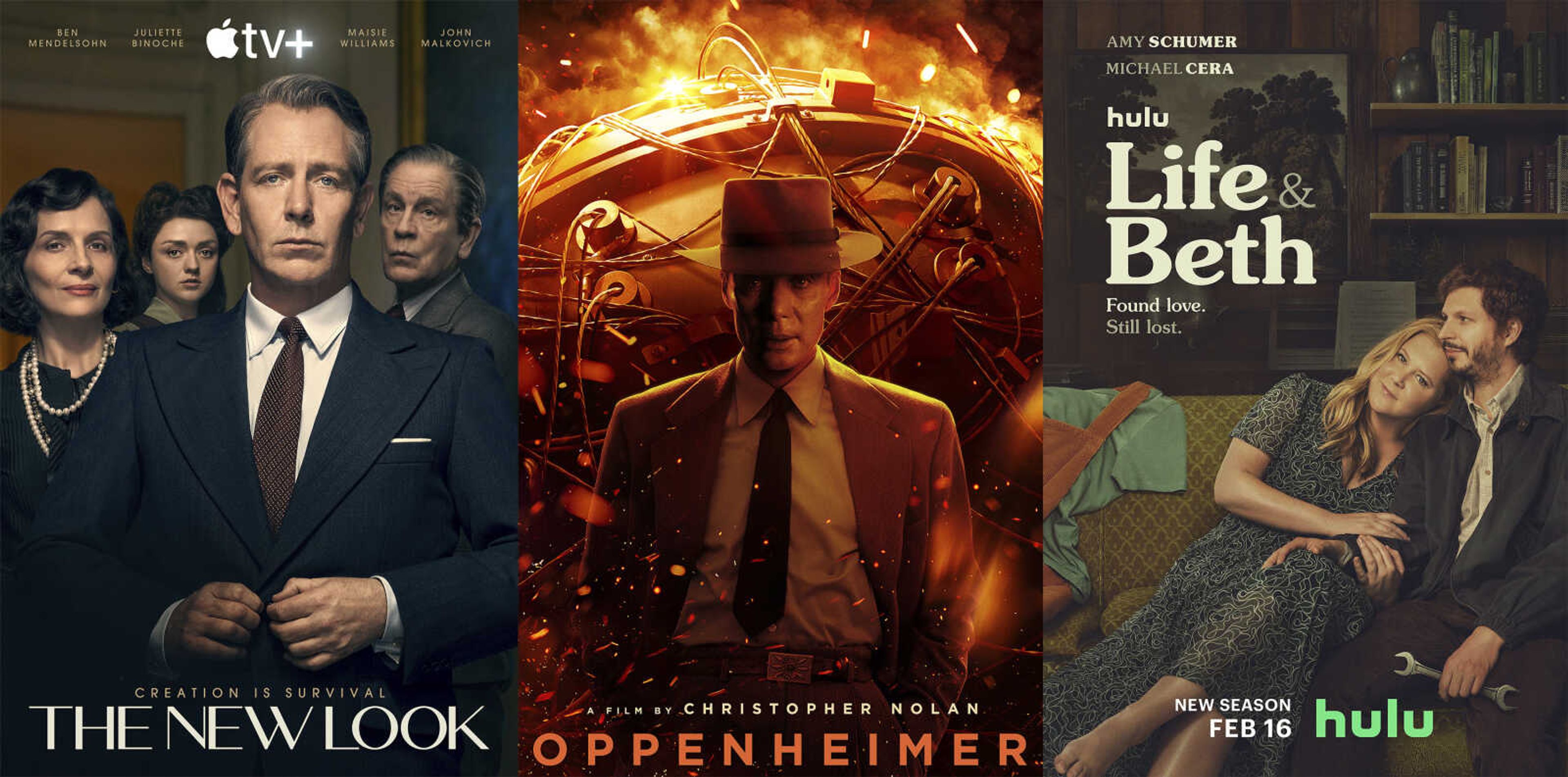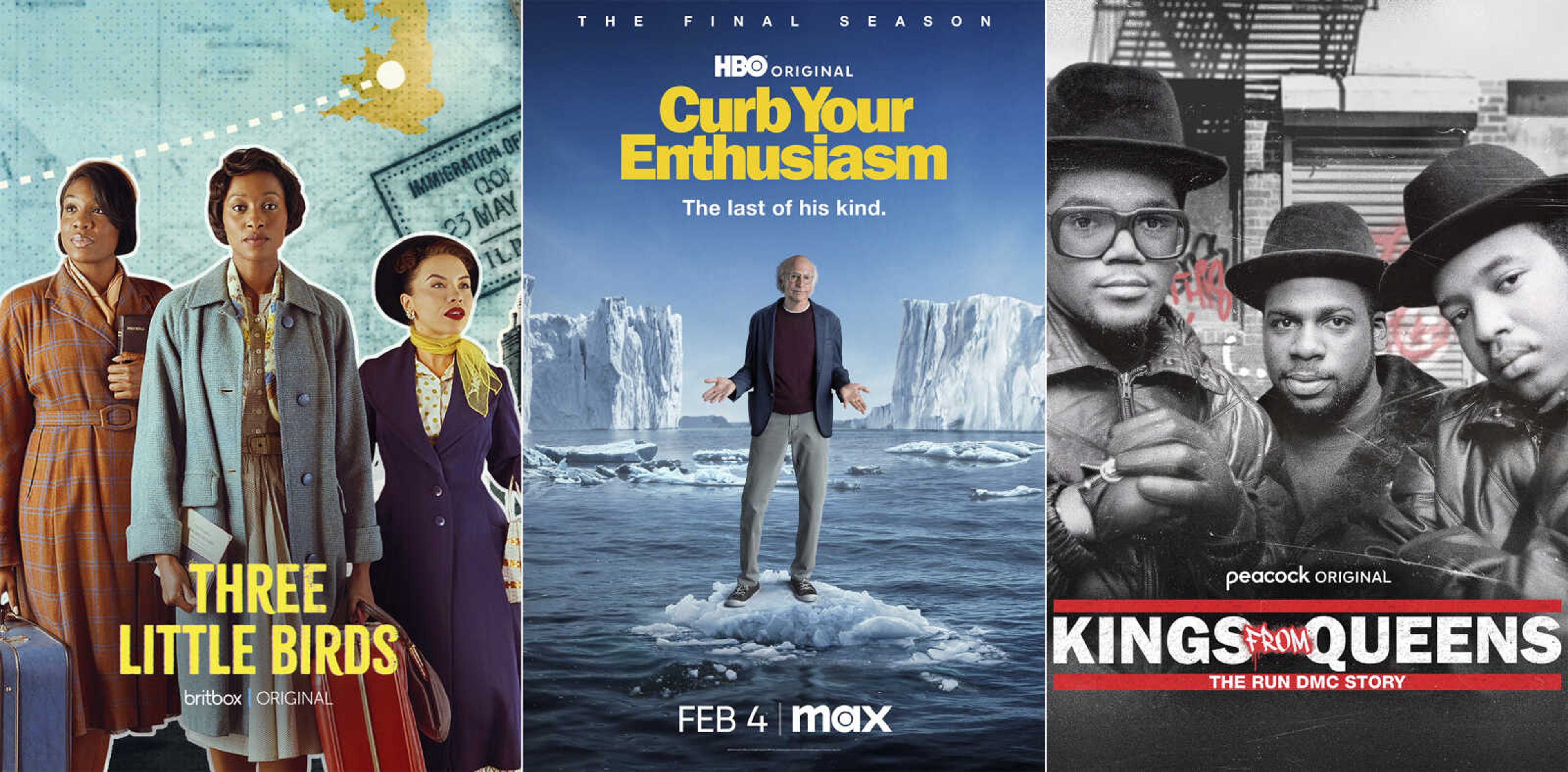George Lucas' new hope for digital cinema falls short
SAN RAFAEL, Calif. -- George Lucas abandoned film for digital cameras on his new "Star Wars" movie. Unfortunately for Lucas, theaters have not followed his lead. Back when he showed his previous movie, "The Phantom Menace," using digital projectors at four theaters in 1999, Lucas expected the industry to be much further along by now in switching from reels of celluloid to the new technology, which uses digitally stored images...
SAN RAFAEL, Calif. -- George Lucas abandoned film for digital cameras on his new "Star Wars" movie. Unfortunately for Lucas, theaters have not followed his lead.
Back when he showed his previous movie, "The Phantom Menace," using digital projectors at four theaters in 1999, Lucas expected the industry to be much further along by now in switching from reels of celluloid to the new technology, which uses digitally stored images.
He hoped that as many as 500 theater screens would be equipped with digital projectors in time for "Star Wars: Episode II -- Attack of the Clones," which opens Thursday. Instead, only 60 to 70 digital projectors are in place domestically, most of them newly installed as "Clones" approached.
Digital projection is the only way to see the film as he intended, without degradation from transferring the images to film, Lucas says.
The director hopes to book all the existing digital projectors for the movie, but on the rest of its 6,000-plus screens, "Clones" will be projected off conventional film transferred from Lucas' digital final cut.
$150,000 per screen
Studio and theater executives say digital technology is not ready for mass use, and that complex questions remain on setting industry-wide standards, avoiding piracy and financing digital-projection systems, which can cost up to $150,000 per screen.
Lucas says the new format is cheaper and easier on viewers' eyes because it eliminates the pops and scratches from film wear and tear. He accuses the industry of resisting change the same way it snubbed talking pictures until "The Jazz Singer" signaled the end of the silent era.
"That was a film with Al Jolson in it, a big movie star. It became a big hit movie, and everybody said, 'Ooh.' They jumped on the bandwagon," Lucas said in an interview last week at his Skywalker Ranch headquarters. "That is the way these things have a tendency to go. They are fought and fought and fought until finally, they can't fight anymore."
The seven major studios formed a group last month to study ways to fight piracy of digitally encoded films and establish standards so competing projection systems can operate interchangeably. The industry wants to avoid mistakes made when digital sound was introduced in the 1990s and theaters were saddled with the expense of three different systems.
"George is a pioneer of this industry, so it makes sense for him to lead the way," said Jim Gianopulos, studio co-chairman for 20th Century Fox, which distributes the "Star Wars" films. "But it is something that's a very substantial undertaking. People want to do it in a proper way."
Sentimental attachment
Theater chains balk at the price, saying the expense must be shared by studios that would save millions on the cost of printing and shipping bulky film reels. Films can be distributed by satellite or on tape or disc for digital projectors.
There's also a sentimental attachment to film among many in the industry. And some insist digital images are cold and cannot yet match the rich color and contrast of celluloid.
The new projection format may be suitable for films created digitally, such as "Attack of the Clones" or the computer-animated tales "Toy Story 2" and "Monsters, Inc.," said John Fithian, president of the National Theatre Owners Association. But film projectors remain the best way to show most movies, he said.
"You don't transition to an entirely new system for one movie. You do it when it's better for the entire industry. That's just not the case yet," Fithian said.
Connect with the Southeast Missourian Newsroom:
For corrections to this story or other insights for the editor, click here. To submit a letter to the editor, click here. To learn about the Southeast Missourian’s AI Policy, click here.









